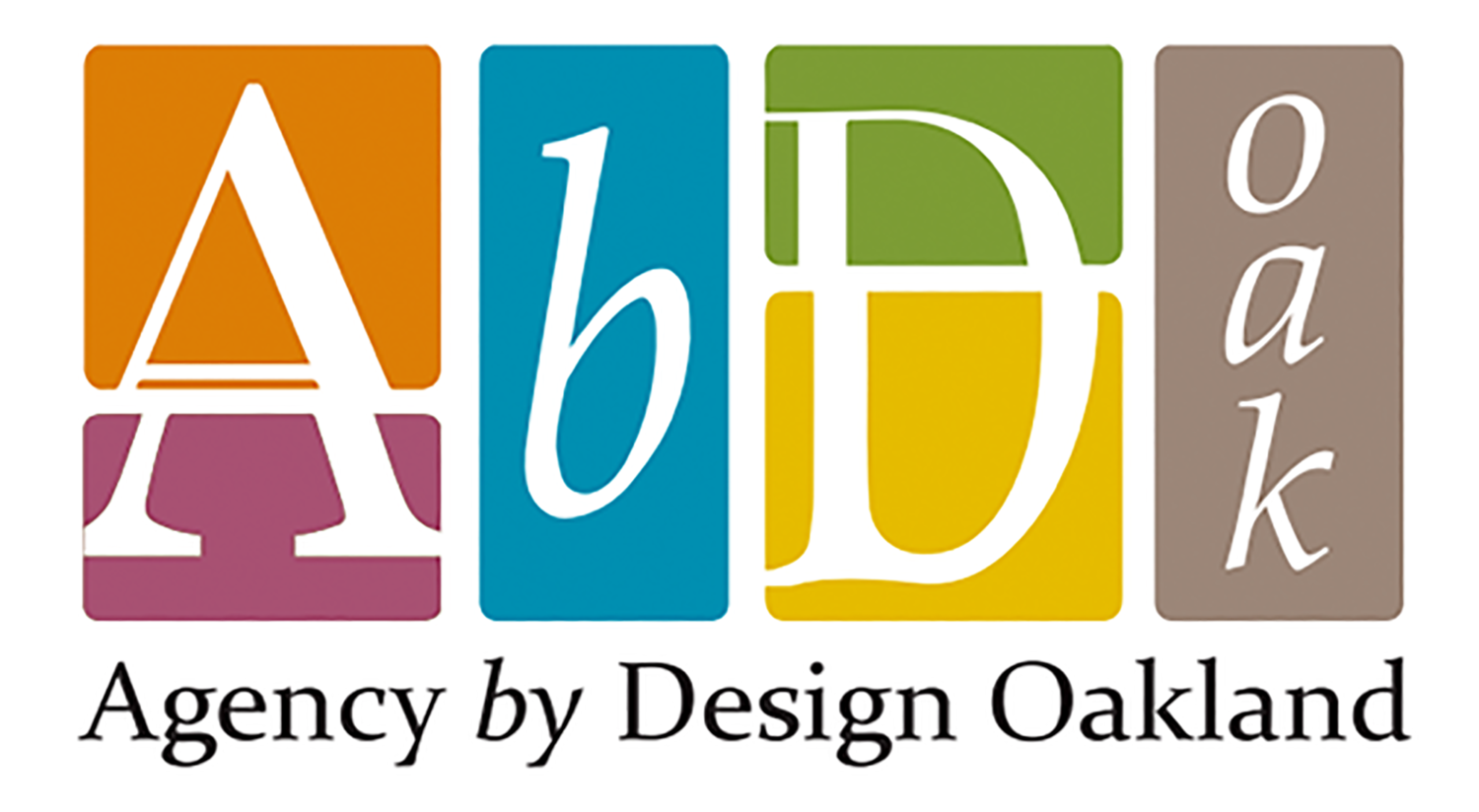Making it Routine: Parts, Purposes, & Complexities in a Middle School Making Class
A Picture of Practice, by Agency by Design Oakland Teaching Fellow Amy Dobras
Amy Dobras is the 7th and 8th grade Making Teacher at Lighthouse Community Charter School. Over the course of her fellowship year, Amy regularly implemented the thinking routine Parts, Purposes & Complexities, using different objects and tools to find out how the student reflections would change over time.
Students testing their designs in the Creativity Lab at Lighthouse Community Charter School.
This year, in the Agency by Design Oakland fellowship, I practiced the Thinking Routine Parts, Purposes & Complexities (PPC), multiple times with my class, with different kinds of experiences and prompts, to see if my students would have—over time—deeper understandings of how things work, as well as more genuine reflections and questions.
I teach how to TINKER in my Making class. At first many students have no idea what it mean to tinker and they don’t know how to do it. They often want to be told how to do it, they want to be shown how to do it, and they want to make sure they are doing it “right.” As they practice learning how to tinker through making activities (such as the building a scribble bot or making a paper circuit), they start to realize that there is no right way to do this. I think it is similar with Parts, Purposes & Complexities when students first start. They are unfamiliar with this kind of thinking routine, they haven’t done it before, and they are maybe intimidated by the open-ended nature of it, or the lack of a “correct answer.” But, they quickly realize—after practicing it a few times—that it is a new way of thinking about something and they begin to develop a design mindset.
experience #1: Parts, Purposes & Complexities of a Pen
All of my students took apart a ball point pen and labeled the PARTS (they created names for the parts when they did not know the real names), attempted to explain the PURPOSE of each part, and came up with several COMPLEXITIES. I realized early on that coming up with complexities was difficult for my students, so for this first activity we brainstormed complexities together.
I learned that my students struggle with understanding complexities and how to form genuine questions around the complexities of an object.
I also learned that by facilitating a group brainstorm of complexities my students did much better. When we brainstormed the complexities together, of a common item (a pen), we came up with several sentence starts and ideas on how we could approach a complexity. This allowed my students to come up with many complexities.
I wonder….
This reminds me of….
This is similar to or connects to...
I'm wondering about the materials that made the parts...
Wondering how the parts were made or designed...
Asking a question..
I did this same activity (taking apart a pen), with 2 different classes. In one class I did not provide examples of complexities and I did not brainstorm with the class a group list of examples, largely because I wanted to leave it open ended and see what they came up with. However, I was not surprised when they did not come up with many complexities, and I realized quickly that they really didn’t understand how to approach this idea of finding complexities of an everyday object.
The second time I facilitated this same activity with a different group of students I slowed down and took the time to brainstorm as a class many complexities before they did it on their own. This led to a much more successful experience, and all my students were able to come up with several complexities on their own. Upon reflection, I realized that my students just needed practice with this new Thinking Routine. I connected it to the idea of teaching students how to think in a new way and how to have a “Maker Mindset.”
I learned that it is valuable to have students all do a take apart on the same item so that we can share our ideas and learn how to think about complexities together.
Experience #2: Parts, Purposes & Complexities of your hand
As an introductory lesson in a new unit I had my students practice PPCs of their own hand. They drew and then labeled the parts, explained the purpose of each part, and considered the complexities of their hand and how it works. They then started to build a mechanical hand that could pick up things.
EXPERIENCE #3: Taking Apart Musical Cards
As an introductory activity before we made light up cards with paper circuits, I had my students take apart musical greeting cards while practicing the PPC routine.
EXPERIENCE #4: Reflecting & Brainstorming Ideas
Students were asked to reflect on the prompts: “Why take apart everyday objects?” and “What can we learn?” They were also asked what they would like to take apart if they could choose.
Experience #5: Parts, Purposes & Complexities of an Object of their Choice
Students took apart an object of their choice and then curated a poster display. Again, they were prompted to label the parts (this time looking up some of the real names of the parts), explain the purposes, and come up with some complexities. A few of the objects they took apart were phones, cameras, laptops, a CD player, a keyboard, and a fan.
I learned that student choice leads to student engagement.
When I asked my students what they wanted to take apart, rather than just giving them something to take apart, they were much more engaged. Some of the most popular items requested to take apart were cell phones, video game controllers, bikes, & mechanical toys.
I learned that a simple take apart Like a Pen, or observing your own hand, can be just as impactful as a more complicated take apart.
Often, when a take apart was more complex my students got caught up in the excitement of taking apart the objects, which usually translated into spending less time on the thinking routine and documenting their ideas. I found that simple objects that required slow looking, in parallel with the thinking routine, elicited a lot more thoughtful responses and observations.
I learned that showing my students real world examples of take aparts, like from the book "Things Come Apart," inspired some of them to create thoughtful displays of their take aparts.
Believe or not, such an easy thing like simply showing them some artwork, made a huge difference when it came time for my students to display their work. I encouraged them to display the parts of their object in an artistic way and I noticed that it slowed them down in a new way, the same as how the thinking routine also slowed them down and asked them to think in a new way. For me, the display became yet another way for my students to think and reflect on the Parts, Purposes, and Complexities of everyday objects, further developing their Maker and Design Mindsets.
"I hope that teaching making will help shake up the equity imbalance in our world and get more students of color and girls in these careers that have always largely been white and male. So, for me, teaching Making is important because it is all about equity and trying to build and "make" a more equitable world."
Amy Dobras
Making Teacher (7th & 8th), Lighthouse Community Charter School, Oakland
Amy Dobras teaches 7th & 8th grade Making at Lighthouse Community Charter School in Oakland, and has been teaching and working in education in public high schools (and non-profits) with low income students of color for the past 15 years in SF and Oakland. She is a mother to two daughters, a soccer coach, and has a passion for origami, carving wooden spoons, and photography. Along with making, Amy loves to swim, bike, surf, climb, and paddle.




















